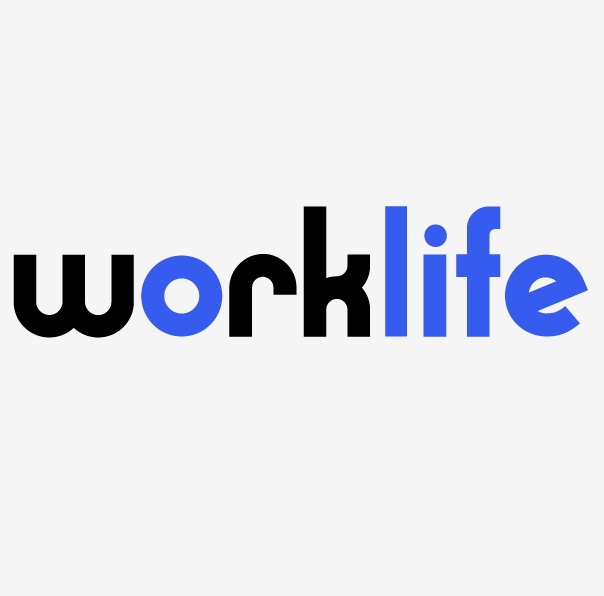While our partner Lance Olitt ran this year’s Marathon, those of us who tire just driving 26 miles, choose to use the race only as an analogy, as new claims of sexual harassment just keep coming. It is important for employers to know that even before the high profile celebrity outings started, last year saw the largest number of sexual harassment charges filed with the EEOC in the previous 6 years.
Last week, while on her book tour, Gretchen Carlson called on employers to change the way they conduct sexual harassment training. You may recall that Gretch has plenty of time to write books after collecting a cool $20 million from Fox shortly after filing her lawsuit last year. Although somewhat vague on her training recommendations, she does suggest improving “by-stander” training. Employers do need to understand that concept.
A case recently decided by a federal court in Connecticut provides a good illustration. An administrative assistant sued her employer based on how it responded to her complaints of sexual harassment by a co-worker. The Plaintiff’s supervisor testified that he considered the co-worker at issue to be “touchy” and “handsy,” having seen him give shoulder rubs to several women in the office. For younger readers, the “shoulder rub” is an old school classic in the sexual harassment playbook, pre-dating sexting by many years. Two employees invited a group of co-workers, including Plaintiff’s two supervisors, to an after work happy hour at a local bar. During the evening, Mr. Touchy tried to feed Plaintiff some food, asked her why she wouldn’t let her hair down, told her to stop being so uptight, asked her if her husband was home and if he knew that she was at a bar. Plaintiff told Touchy to leave her alone and eventually asked her supervisor to walk her to her car. Although the supervisor witnessed the behavior, Plaintiff asked him not to report it to Human Resources. He complied.
Two weeks later, the supervisor had second thoughts and notified HR, but according to the court, “because the alleged conduct had not occurred at a work event or during work hours,” HR decided not to investigate. About a week later, Plaintiff herself complained and HR ultimately decided to issue a written reprimand to the employee. Before that happened however, he walked up behind Plaintiff and, according to her testimony, he “swiped three to four fingers on the back of [her] neck down to…the very top of where the buttocks would begin.” Thankfully, he disputes that account and claims he didn’t go lower than the middle of her back. Well then, where’s the problem? The court said, yeah sorry, the jury will decide how far down the back a co-worker can rub his fingers before it is sexual harassment.
So how could this happy hour have had a happier ending? First, employers and supervisors must understand that if the gang goes out for drinks after work, that is still work if bosses are present. Secondly, supervisors don’t get to be mere “bystanders” no matter how Gretchen Carlson defines that term. Realty check: If a supervisor witnesses sexual harassment or learns of it, the employer is charged with knowledge and has a legal obligation to act. That is true even if the employee asks the supervisor not to report the events. This is important because when a supervisor acts as just a bystander, the liability is the same as if the company did nothing in response to a complaint. Supervisors need to understand (or must be trained) that they cannot watch passively as the Touchy guy works on his second career as a massage therapist in the office. That would have been a good time to shut down the behavior before it escalated and possibly avoided the federal court case.
As we continue to traverse the many miles of this sexual harassment marathon, it is important for employers to adapt their policies, and particularly the training of their supervisors, to better address these nuances and the countless others that exist. With the unprecedented amount of almost daily attention being paid to sexual harassment these days, it will be very surprising if the number of filings does not increase dramatically in 2017 and beyond.
Whew! We wrote this in under 3 hours. Lance-how’d you do?









